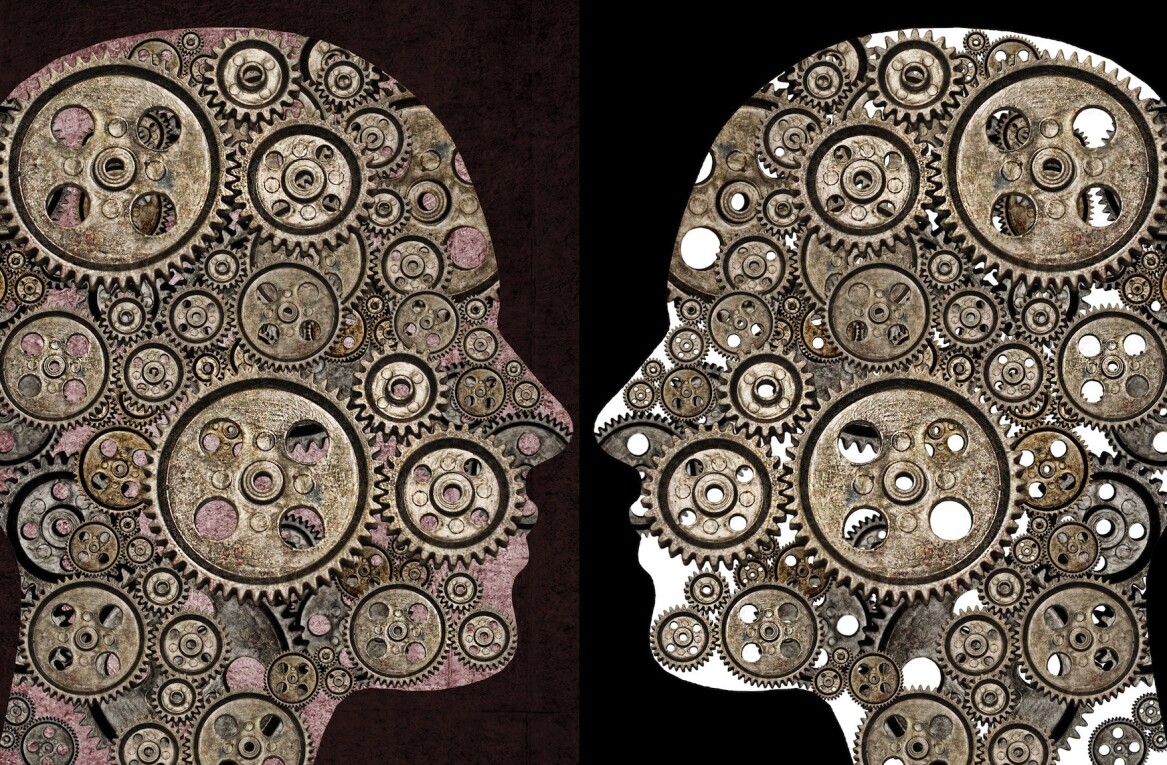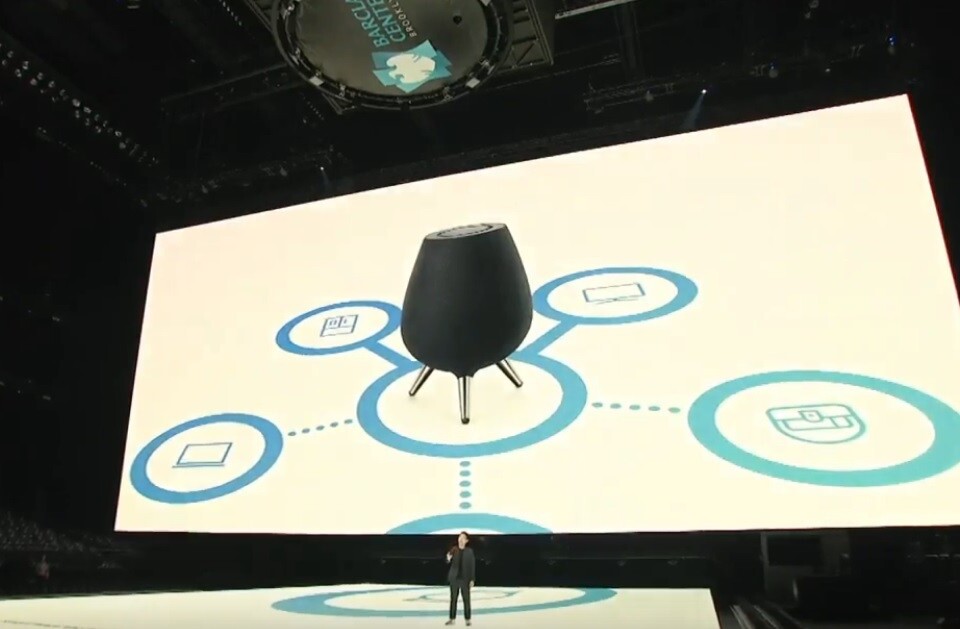
This essay is part of a series written by speakers featuring at our upcoming 10th anniversary TNW Conference on April 23 & 24 in Amsterdam. Discount tickets to the event are still available for purchase here.
These days, everyone seems to have a great idea for an app or a product. Clever ideas are always nice to have, but when it comes to figuring out what to invest your energy in making, even great ideas are often a total waste of time.
Instead of a great idea, what you really need is a problem to solve.
From marketing executives in Fortune 500 companies to hungry developers launching their own startups, the smartest people working in technology routinely get this wrong. The most successful products and services in our lives – the ones we use every day and that change industries and achieve billion dollar valuations – all solve real problems in their users’ lives.
It sounds simple, but finding the right problem to solve is harder than you might think. Here are five different ways to get started:
Solve for inconvenience
We live in a world of conveniences, large and small. In fact, we are so surrounded by time- and labor-saving devices that it’s easy to overlook the opportunity to create something new. But there’s a reason “The Uber of X” has become a ubiquitous metaphor: inconvenience, like hailing a taxi in the rain, is everywhere.
There’s always a way to make things faster, cheaper and easier. Start looking for problems that people complain about every day and take note of the little annoyances all around you. They are easier to overlook than you’d think.
Solve for inefficiency
Every market has inefficiencies somewhere. My corporate credit card keeps an accurate record of everything I buy for my company, but I still have to save annoying paper receipts for my expense reports. When I use my phone to call internationally, the costs are exorbitant. If I took the extra step of logging in to Skype or buying a calling card the same call would cost next to nothing. But I don’t. These are all inefficiencies, all irritating, happening all the time.
Take note of the time, money, and effort wasted in every task you undertake. If you can find a way to do it faster, more easily, or less expensively, you’ll have a marketplace for your product.
Solve for inevitability
A downward trend in the cost of processing power, storage, bandwidth, devices, and data is continually enabling both new innovation and the consumer adoption of new technologies. New and better solutions will eclipse existing ones as the efficiencies they bring outweigh the barriers to their usage. Increasing availability and consumer interest in emerging tech like wearable and connected devices is just the latest example of this.
Recognize this inevitability as an opportunity, but remember that timing is crucial: if act on your ideas before the technology or marketplace is ready, you’ll be too early; wait too long and someone will beat you too market.
Imitate successes in other industries. Innovation comes to different industries at different rates and different times. An industry that appears staid might be cutting edge when compared to another. Products that simply meet baseline standards in one industry might be ground-breaking if applied somewhere else. Pay attention to what other industries are doing successfully and then adapt these approaches for your product. Adapting someone else’s approach to satisfy an unmet need in your industry might yield a shockingly simple and successful new solution.
Solve your own problems
If all else fails, you can always make it all about you. What’s missing from your life? If you have a pressing problem that a great product can solve, chances are other people do too. Uber’s founders started as a couple of guys who needed a ride. Airbnb? Friends with a spare bedroom and bills to pay. The founders of Harry’s Razors came up with their idea when they were griping about the high cost of replacement blades. Talk to others about what’s bothering them – trust me, they’ll tell you, but be sure to question what they say in order to truly understand them. Sometimes what people say they want is only a small part of what they really need.
In short, to create a successful product, you need to find a good problem. Once you’ve got it, the next step is maintaining a laserlike focus on what you need to provide in order to solve that problem effectively, not just what you know how to make. People with great ideas often find it hard to truly put their users’ needs first because they have a strong sense of adventure and want to flex their entrepreneurial muscles. But spending a little extra time finding a problem instead of something that’s just a good idea will significantly improve your odds of success.
➤ Aaron is speaking at TNW Conference Europe 2015 on April 23 & 24. To learn more, click here.
Get the TNW newsletter
Get the most important tech news in your inbox each week.







